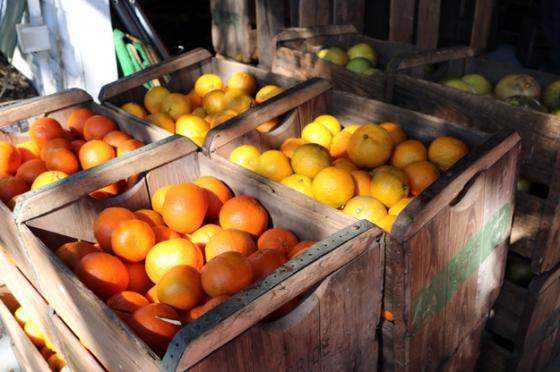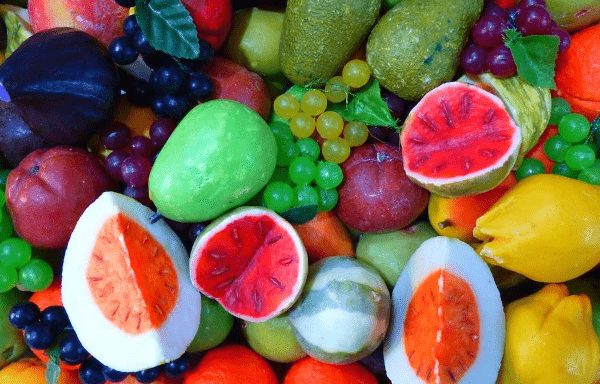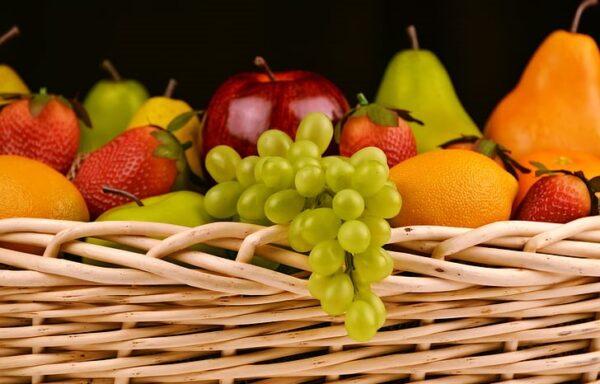Direct Impact Sourcing provides food, agriculture and industrial products and services to the world. Together with farme, custome, governments and communities, we help people thrive by applying our iights and 10 yea of experience. We have 628 employees who are committed to feeding the world in a respoible way, reducing environmental impact and improving the communities where we live and work.
Although many citrus fruits, such as oranges, tangerines, and grapefruits can be eaten fresh, about a third of citrus fruit worldwide is utilized after processing, and orange juice production accounts for nearly 85% of total processed consumption (USDA 2006). Because the introduction of frozen concentrated orange juice after World War II, which preserves fresh flavor and full color, reduces transportation costs, and minimizes losses due to storage diseases, the U.S.A. has seen a significant increase in the use of citrus fruit (Florida Citrus Processors’ Association 1978). California is the main producer for consumption as fresh citrus fruit, whereas citrus processing and orange juice production primarily occur in Florida (USDA 2010). Because of the preferred flavor, delightful taste, affordable economic reach, and consumer awareness of the increasingly recognized potential health properties, citrus fruits and products are very prevalent with widespread nutritional and economic impact in both developed and developing countries (Ting 1980). The origin of citrus fruit is identified with a history full of controversy and interesting legends. Some researchers believe that citrus is native to the subtropical and tropical areas of Asia, originating in certain parts of Southeast Asia including China, India, and the Malay Archipelago (Bartholomew and Sinclair 1952; Sinclair 1961; Scora 1975; Ramana and others 1981; Gmitter and Hu 1990).










